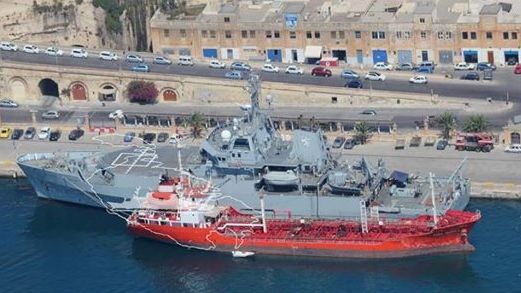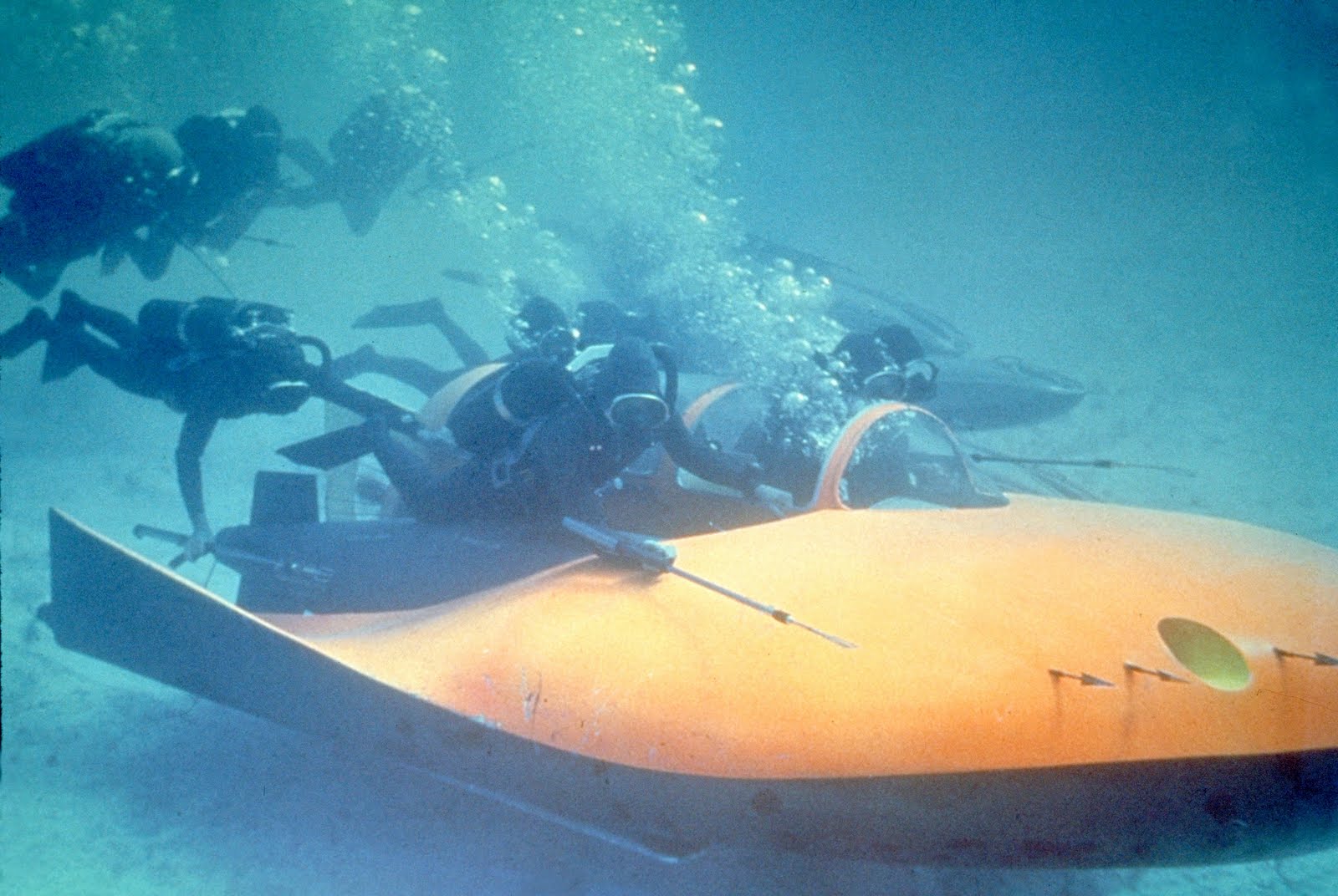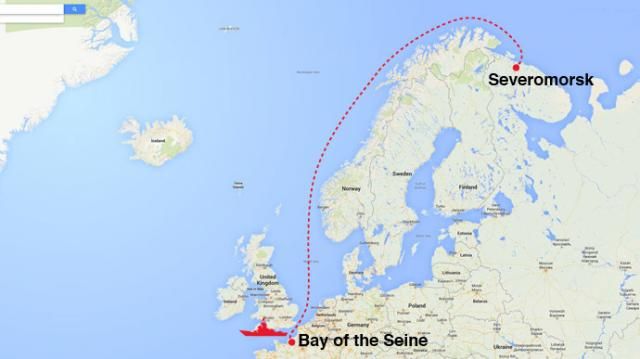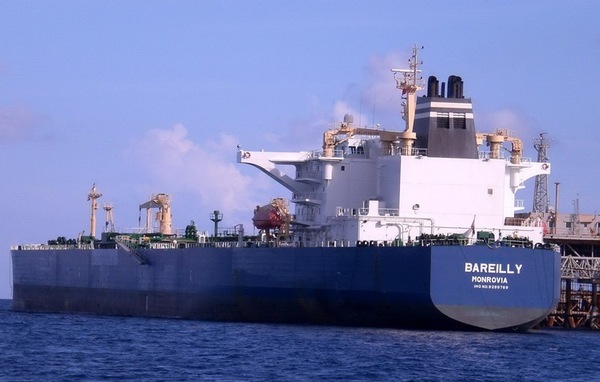[April 20 2011 Britain moves; RN RFA to Libya- marines, helos]





British Foreign Secretary William Hague said an experienced team of about a dozen British military advisers would help rebels work on organization, logistics and communications.
Hague said the advisers would not take part in any fighting, nor train or arm the opposition. He said the group would expand the work of British diplomats already in the rebel stronghold of Benghazi.
France is joining Britain in sending military advisers to Libya to help rebel forces.
A spokesman for the French government announced the move April 12 as French President Nicolas Sarkozy prepared to meet the head of Libya's rebels, Mustafa Abdel Jalil, in Paris.
Italy has now joined France and Britain is sending military advisers to assist rebel forces in Libya.
Maurizio Massari, a spokesman for the Italian Foreign Ministry, said Rome will dispatch military instructors to train the rebels in self-defense tactics.
THE THREE British navy ships carrying hundreds of Royal Marines to Cyprus for training are in no way linked to operations in Libya, said a British bases spokeswoman yesterday.
A report in The Times of London yesterday quoted the UK Ministry of Defence (MOD) saying that a flotilla of British vessels and 600 Royal Marines would be deployed to Cyprus for amphibious exercises within the next two weeks.
The report triggered speculation that the UK was planning land operations in Libya, which was yesterday quashed by British bases spokeswoman, Connie Pierce, who said: “This is not linked to Libya at all.”
A taskforce of about 600 Royal Marines and at least six ships has left for the region, massively enhancing the UK's military strength there.
The Trafalgar- class submarine HMS Turbulence, and Type-22 frigate, HMS Cumberland – both Devonport-based – are already stationed in the Med off Libya.
Yesterday, The Sunday Times reported that Britain was sending a "taskforce" of marines and naval ships to Libya this week on a "humanitarian" mission.
The aim of the mission was to deliver emergency medical and food supplies to rebel-held towns, it said. The taskforce would include up to 600 marines from Taunton-based 40 Commando to protect ports where humanitarian supplies would be unloaded.
The newspaper said the ships, including the Devonport-based assault ship HMS Albion, were due to leave Plymouth either today or tomorrow, initially for Gibraltar. The marines will fly out to Gibraltar this week, it said.
Yesterday, Foreign Secretary William Hague denied the report, insisting they were actually "preparing for an exercise elsewhere".
Despite Mr Hague's denials, a taskforce of ships – including Albion – is due to sail for the Med shortly.
The assault ship is part of the Royal Navy's Responsive Force Task Group, which is deploying this month on Operation Cougar, the first phase of which will run in the Mediterranean until June. Also due to take part are HMS Ocean, RFA Cardigan Bay, RFA Mounts Bay, RFA Fort Rosalie, RFA Wave Knight and RFA Argus.
Five support teams from the new Maritime Aviation Support Force at RNAS Culdrose are also being deployed.
The long-planned operation will mean a significant British military resource will shortly be passing by the Libyan coast. Ocean's primary role is to carry marines supported by 12 medium support helicopters and six attack helicopters. As a landing platform, Albion is also able to embark and deploy troops and equipment by sea and air.
The use of commandos inside Libya, even as part of a humanitarian mission, would increase concerns over mission creep. The greatest need for humanitarian aid is in the rebel-held city of Misrata where fighting continues. Doctors in the city, 130 miles east of Tripoli, say at least 200 people have been killed there and 1,500 wounded. moreread
















































